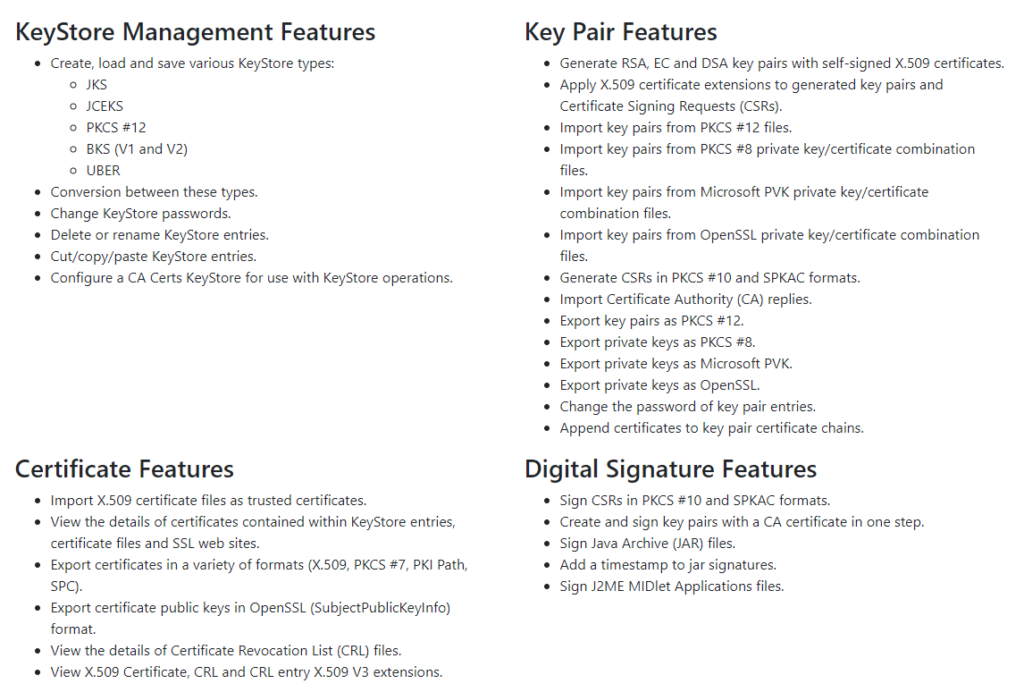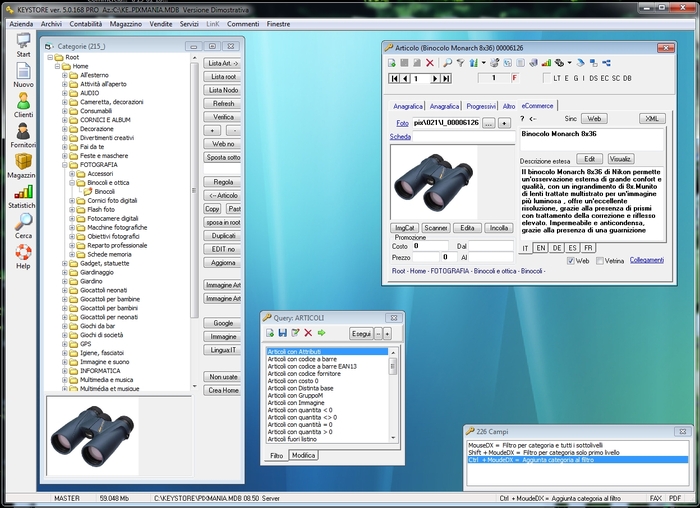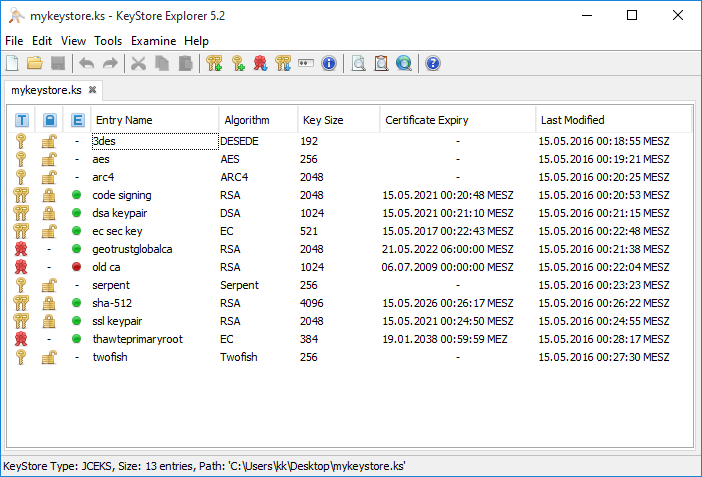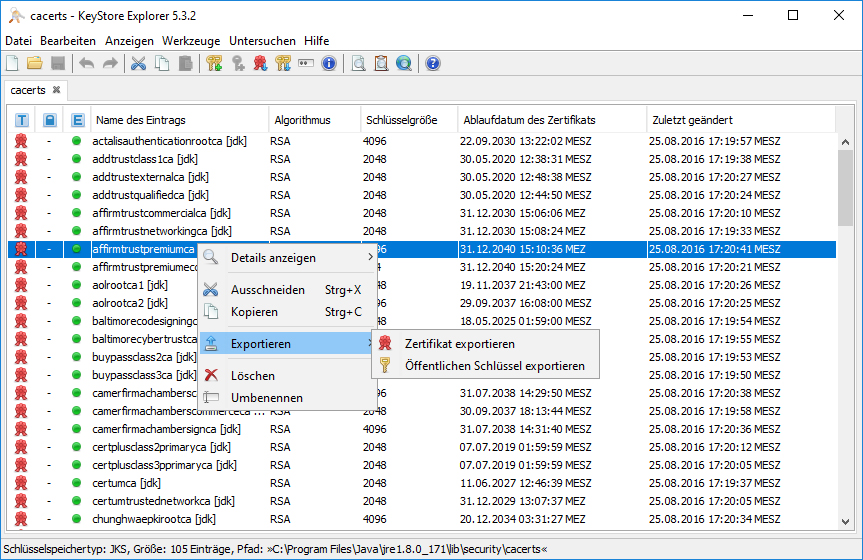

Import the jetty.crt (or the certificate reply from your CA tool) doing right click on your key pair – Import CA Reply.openssl x509 -req -CA automicCA.crt -CAkey automicCA.key -CAcreateserial -extensions v3_req -in jetty.csr -out jetty.crt -days 365.openssl req -x509 -new -key automicCA.key -sha256 -days 700 -out automicCA.crt.openssl genrsa -aes256 -out automicCA.key 2048.This can be done in three steps (jetty.csr will be the request generated before with keystore explorer, jetty.crt will be the signed certificate and automicCA.crt will be the CA Root certificate):.For testing purposes, openssl in a Linux server has been used.

#KEYSTORE EXPLORER EXPORT PRIVATE KEY PASSWORD#
Then click OK and set as Alias jetty to match what JCP is expecting by default, and assign a password ( changeit is the default password JCP is using).

Then double-click in Subject Alternative Names to edit it and add ALL the other AE Servers that you would require for your AE Server (1,2,4 depending on your configuration) and add the FQDN (fully qualified domain name) of all the servers and DNS Alias that you may use to access it as below.Click in Add Extensions and then in Use Standard Template and select SSL Server as below:.Add as Subject the CN being the hostname of your server as below:.Leave the rest of parameters by default, increase the validity if you are signing with an Internal CA or public CA, else it will be valid for 1 year.Click-right – Generate Key Pair – leave by default Algorithm set to RSA – Key size 2048.Create a new Keystore with Format PKCS #12.This is due to the version of the embedded Java not being compatible with Automic Automation. When downloading the Keystore Explorer product for Windows, please make sure to select the installer that does not have the embedded Java: (Be warned, it is lengthy, but complete.See below an example of the steps to perform all these steps with Keystore Explorer. If you'd like to see the entire process of creating a private key, exporting it in a certificate file, importing it into a public keystore, and listing the keystore contents, I have all of that in one place in a long (but complete) Java keytool, keystore, genkey, export, import, certificate, and list tutorial as well. I demonstrate that process in my Java keytool import tutorial. In this example, the password for my private key keystore file (privateKey.store) is "ABC123".Īt this point your certfile file should have been created, and you can now share that with other people, who will presumably want to import it into their public keystore. Here's how this keytool export command works when I run it from my the command line: Export the public key to the new file named certfile.cer.



 0 kommentar(er)
0 kommentar(er)
